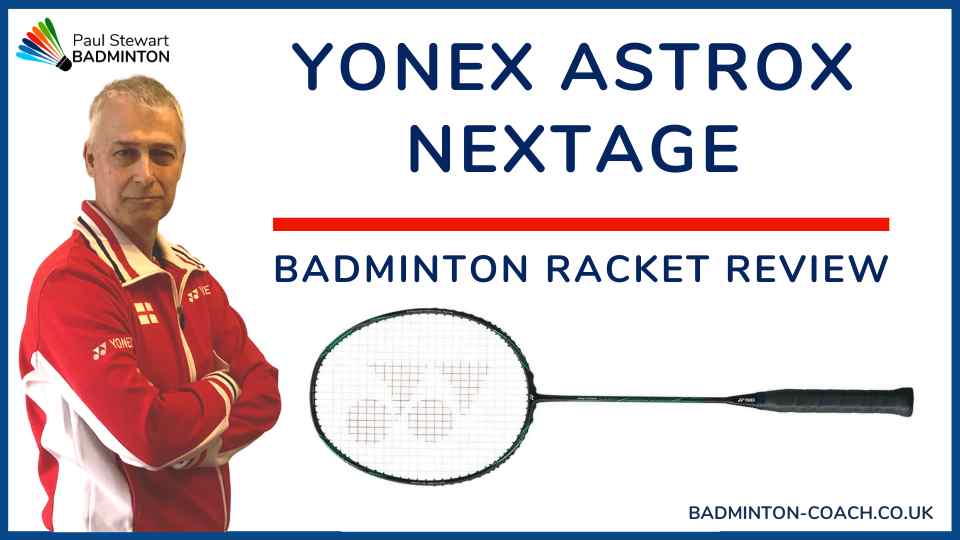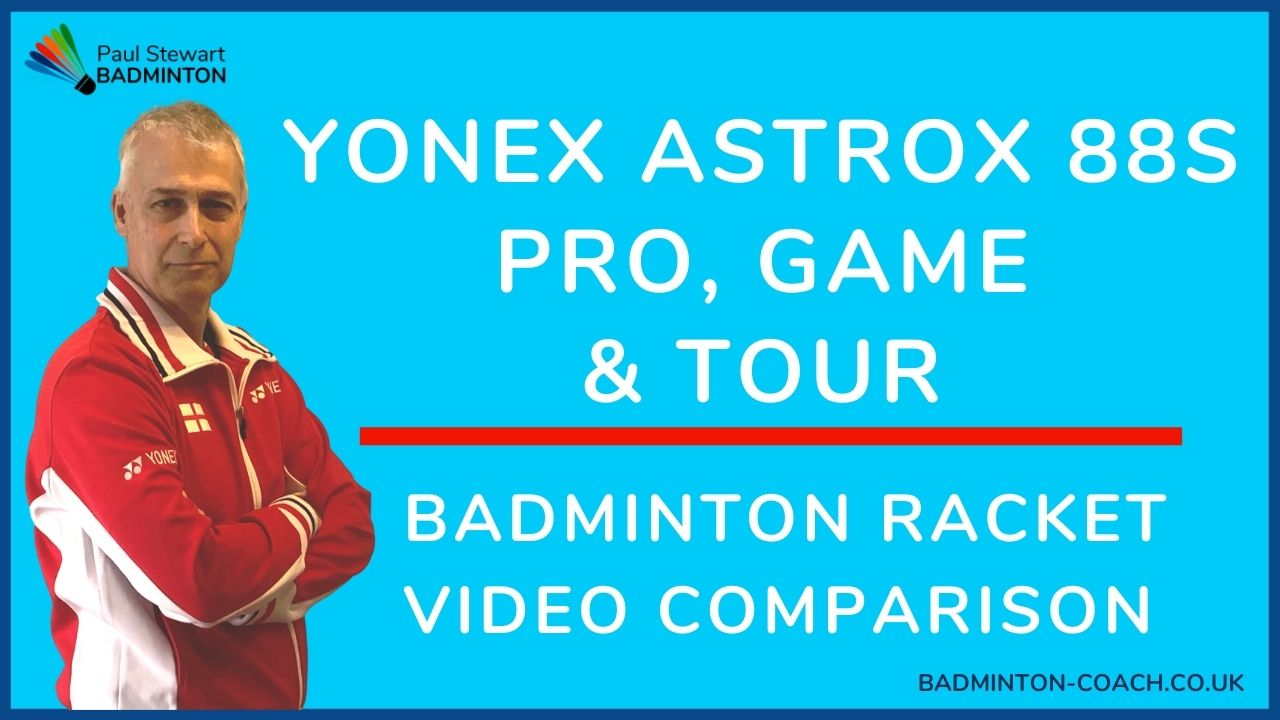Generally the badminton fraternity is split into two camps when the badminton season ends.
Some continue playing throughout the off-season. This may be through coaching and working on their game or just continuing at club playing socially, but at least keeping their skills in use.
Others prefer to take a break from the game and do something completely different. In UK, many players change their badminton racquets for a tennis racquet. Whatever you choose to do, the break from the game can be a great time for rest and reflection. Bad habits may be forgotten.
The dangers many players face who have taken a break is that they use badminton to get fit rather than get fit for badminton. That’s why most clubs report more injuries at the beginning of the season than at any other time.
You see, it’s so easy to walk onto court with your racquet and forget that your body isn’t in the right condition to play competitively.
What’s worse is that so many players already possess a really bad habit before they even hit a shuttle. They walk on court without any form of warm up and expect to be able to play at the same level they were at the end of the previous season. This is madness. They’re posing a huge risk to themselves and players like you who may be partnering them.
You already know best practice – but do you actually do it?
Let’s face it, we all know how important a good warm up is to prepare ourselves for physical activity. However, how many times do you actually turn up at the sports centre or badminton venue and actually do a proper warm up?
Most players look at you as though you’re strange when you begin a warm up routine. But, they are the ones that are in the wrong and placing themselves at risk. Please, don’t be one of them.
Here’s what most players fail to understand
A good warm up routine certainly gets your body ready for a game. The most important thing is that it reduces the risk of serious injury – the kind of injury that may ensure you never play this wonderful game again. It also gets your mind ready for action too.
It means that when you go onto court, your knock up is so much better, your shots will be more precise and your movement much more fluent.
I assume you want to win more games this season?
A good warm up followed by a good knock up really sets you (and your partner) up for the best opportunity to win a game. It can literally be a game changer in terms of the outcome.
If you’re that much sharper than your opposition, that much faster onto the shuttle and that much more precise with your shuttle placement because you can reach the shuttle in time, these key elements must provide you with the greatest opportunity to win more points.
With the rally-point scoring system now being used by more leagues, it also means that you significantly increase your chances of getting off to a flying start and perhaps generate a commanding lead that your opponents cannot recover from.
Whenever you play against an opponent that has not warmed up, or had a decent knock up, they are still cold, probably not really had the opportunity to play a variety of shots. Their serve is generally rusty, so it’s an ideal opportunity to pounce on the first one if you can in order to score a psychological advantage. This may make their next serve a little bit “nervous” and give you the opportunity to kill that too.
This is also the ideal time to attack or play a fast attacking style which will not give them time to settle or get into their natural rhythm.
Never underestimate the importance of a good knock up
Over the years I’ve witnessed some appalling knock up routines. Most of the time they lack-lustre “quick knocks” that are a complete waste of time.
If you’re playing with a partner for a season, it’s useful to work out a routine to get you both sharp from the get-go. That’s a good habit to employ this season.
Usually in mixed doubles I see too many men use the knock up to “beat” their female partner. Is this to boost their ego before the first point is won? And then they expect their partner to play well and intercept all kinds of ridiculous shots which they have screwed up on, in order to win a point. Do yourself a favour guys and get into the good habit of being a partnership and work together.
A good knock up should really get you ready for the game. You should be mentally alert from the first point, have your shots nicely warmed up and your short game nice and tight. Your serve should be flowing well.
Have you taken the time to study your opponent(s)?
In my three part article on learning how to outplay an opponent, I talked about studying your opponent and learning what their playing style was. I hope you’ve read it and now look for clues when knocking up.
You also need to discuss this with your partner and work out what your own playing styles are. You can then understand the strategy and tactics needed to beat your opponents and continue playing to your strengths. I hope you make this a good habit this season rather than showing up on court and hoping you somehow manage to play well together (does this sound familiar?)
Summary
Make this season a time for change. I’ve purposely aimed this article at bad habits prior to going onto court because they are usually the most serious in terms of the injuries that can occur and they are the simplest to change.
Creating new habits before you begin playing competitively will certainly improve your chances of getting a good result. And, these new habits may keep you playing this great game for many years.











Hi Paul,
thnks for the article. so many players we play with thought of it as a complete waste of time, or a show off. i hope many of us can actually follow this warm up routine and knock up before they actually start the game. i don’t know if you can remember, my first post in this blog was regarding an injury i suffered because of not warming up properly. so frnds, please warm up before you start playing, trust me it’ll save you from a lot of injuries…good luck for the season folks
asif
Hi,
Nice article again but I have a question. It seems like it is more for double and mix players, what should you if you play more single? I mean in part three of the article.
Lukas
If you’re asking me about assessing your opponent in singles whilst knocking up, you can get a feel for whether they are fast, strong overhead, fluent in movement from a knock up.
After that, you need to play your normal game first and see what your opponent does in response. Assess their game and test a few ideas like playing consistently deep to their backhand. Where are they scoring points? What areas do you appear to have the upper hand?
If you continue to ask questions, they you will be shown the answers. From this you can begin to work our how to build the rally to play to your strengths and their weaker areas.
Hope this helps.
Paul
Hi,
That was what I was looking for.